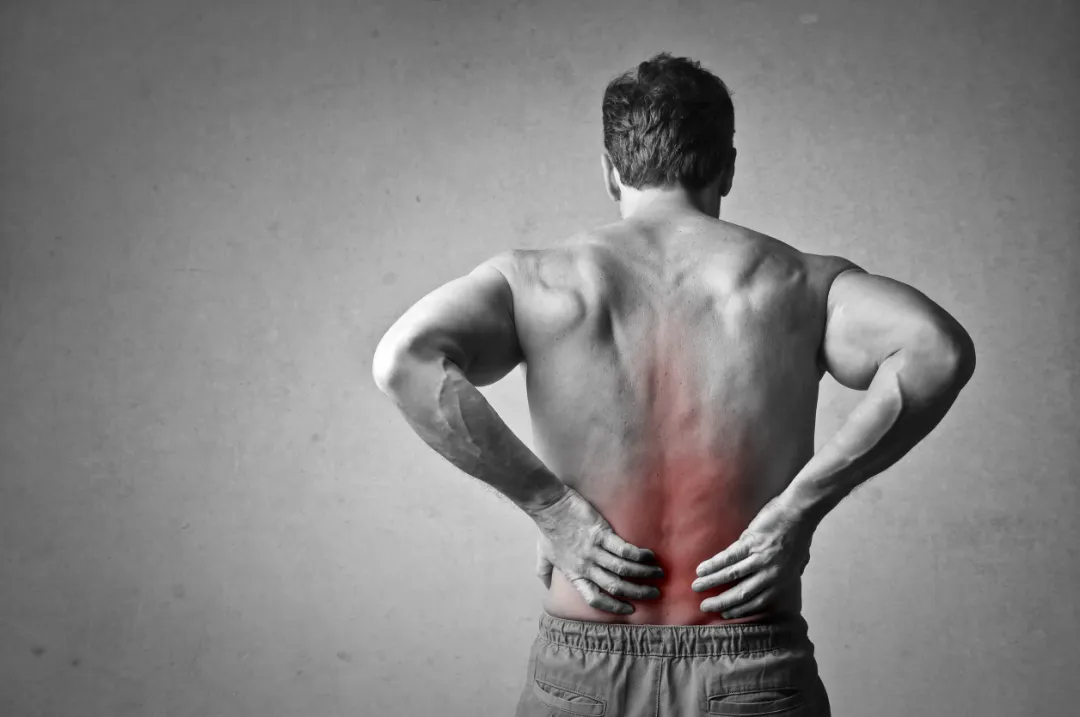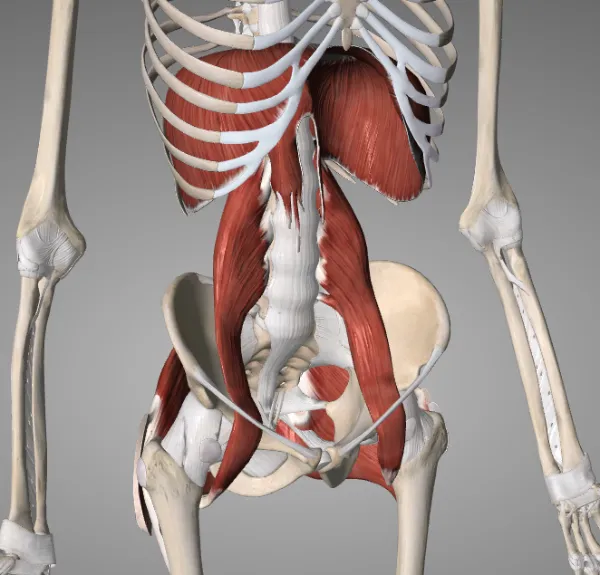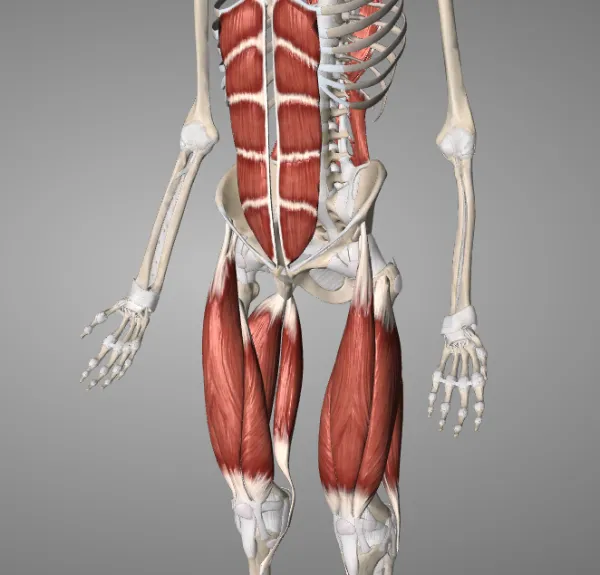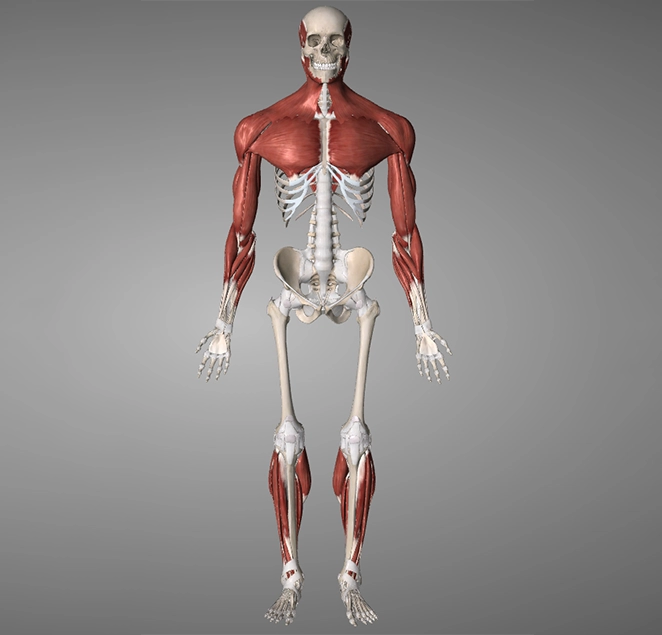Back Pain
Back Pain: More Than Just a Diagnosis
Back pain is one of the most common issues people bring into my office—and for good reason. It was also the very thing that launched me into this work. But “back pain” isn’t one simple problem. It’s a catch-all term for a wide range of dysfunctions: trigger points, spasms, disc herniations, nerve entrapments, facet joint irritation, SI joint problems, stenosis, and more. It can be rooted in muscle, structure, or nerves—and often, a combination of all three. Unfortunately, it’s often treated with the same broad strokes: medication, injections, surgeries, or generic physical therapy.

The Real Root: Chronic Stress and System Overload
After years of training, studying, and working 1-on-1 with clients, one truth continues to emerge: the body’s pain is often a response to prolonged stress. Not just the kind you feel emotionally, but physiological pressure that builds up silently over time. Most people dealing with back pain are living in a state of chronic contraction, unable to access their parasympathetic nervous system (rest, digest, perform, and restore). Whether it’s the pressure of work, family, grief, or constant output with no recovery, the body reacts. It compresses. It adapts. It implodes. This is where our work begins.
The Movement Blueprint: Why Zone 1 Matters
Your body has a preferred sequence for movement:

Zone 1
Diaphragm, hip flexors, and glutes

Zone 2
Quads, hamstrings, abdominals, and low back

Zone 3
Below the knees and above the ribs
Movement is meant to start in Zone 1 and expand outward. But what if Zone 1 isn’t functioning properly? The body compensates, pulling movement from Zone 2 or 3 instead. This reversal causes compression, muscular tension, and, eventually, pain.
This is often why L5-S1 becomes the most common injury site—it’s where the upper and lower halves of the body converge and bear the brunt of these poor compensations. When the body is forced to move in on itself instead of out, back pain is almost inevitable.
